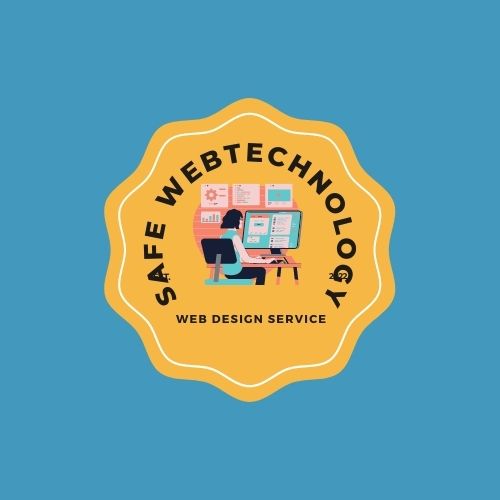Having a website for your company is crucial in the current digital era. But simply having a website is insufficient. Your website needs to be user-centered and optimized for conversions and sales if you want it to be effective. This article will look at some efficient web design strategies that can boost sales and conversions for your company.
Messaging that is Simple and Powerful
In order to effectively communicate your identity and offerings to your target market, your website’s messaging is crucial. The content must be compelling, succinct, and clear. Within seconds of arriving at your homepage, visitors to your site should be able to comprehend what your company does and how it can help them.
Focus on the advantages of your product or service and how it can alleviate your target audience’s issue or pain point to create clear and persuasive messaging. Avoid using jargon or other technical words that might confuse your audience and speak in a way that they can understand.
Easy and Natural Navigation
The navigation of your website is essential to delivering a smooth user experience. Visitors should be able to quickly and easily discover what they’re looking for. Visitors can navigate your website with ease and find what they’re looking for with the aid of an uncomplicated, clear, and simple navigation menu.
Consider the hierarchy of the material on your website when building a navigation menu, and group pages that are similar together. To prevent overwhelming customers, give each menu item a clear, succinct title, and keep the number of items on the menu to a minimum.

Visuals That Catch Your Attention
Your website’s visual components can help draw in and hold the focus of visitors. Use of visuals that are pertinent to your business and messaging is crucial, though. High-quality pictures and videos can help tell the narrative of your company and highlight your goods and services.
Take into account the positioning and size of pictures and videos on your website to make effective use of visuals. Avoid using large files that can prolong the loading time of your website and instead use images that are web-optimized and load rapidly.
Adaptive Design
Any website must use responsive design because more and more people are using mobile devices to reach the internet. A responsive design ensures that your website appears and performs properly across all devices by adjusting to the screen size of the device being used.
Use a mobile-first strategy to design your website for mobile devices first, and then scale it up for bigger screens, to create a responsive design. Use layouts and fonts that are adaptable to various screen sizes, and try your website across a range of devices to make sure everything is working and looking as it should.
Unambiguous calls to action
Calls to action (CTAs) are crucial for directing website users to take the desired action, such as making a purchase, completing a form, or getting in touch with your company. By making it obvious what action you want visitors to take, clear and concise CTAs can help boost conversions and sales.
Use language that is specific and action-oriented to create powerful CTAs. The CTA should be clearly displayed on your website, and to make it stick out, use contrasting colors or other design elements. For your CTAs, use A/B testing to decide the language and positioning that will work best.

Speedy Loading
For users to stay on your website and avoid leaving, a quick loading time is essential. Visitors expect websites to open quickly, so if yours does not, they will probably leave and visit one of your competitors’ websites.
Use optimized images, minimize the number of HTTP requests, and make use of a content delivery network (CDN) to rapidly send content to visitors from all over the world to improve the loading time of your website. Check the loading speed of your website frequently and make any necessary changes to boost efficiency.
Social Support
Social proof is an effective tool for increasing conversions and sales while establishing confidence with your audience. Customer reviews, testimonials, case studies, and social media shares are just a few examples of social evidence.
Promote customer testimonials and reviews clearly on your website, and make it simple for users to leave reviews, in order to use social proof effectively. To show how your goods or services have benefited other companies or people, use case studies and success tales. To demonstrate your social media visibility and engagement, display your follower and share counts.
Personalization
By customizing your website’s content and messaging to each visitor, personalization can help boost engagement and conversions. Personalization can take many different forms, including personalized product suggestions, messaging, and content.
Utilize data and analytics to comprehend visitor behavior and preferences in order to create personalized encounters. Utilize this data to tailor your advertising and content, and employ retargeting and email marketing to send you individualized offers and suggestions.
In conclusion, by establishing a seamless user experience and tailoring your website to the requirements and preferences of your target audience, effective web design techniques can help boost conversions and sales. You can design a website that not only appears fantastic but also generates results for your company by putting an emphasis on clear and persuasive messaging, easy and intuitive navigation, attention-grabbing visuals, responsive design, clear calls to action, quick loading times, social proof, and personalization.

